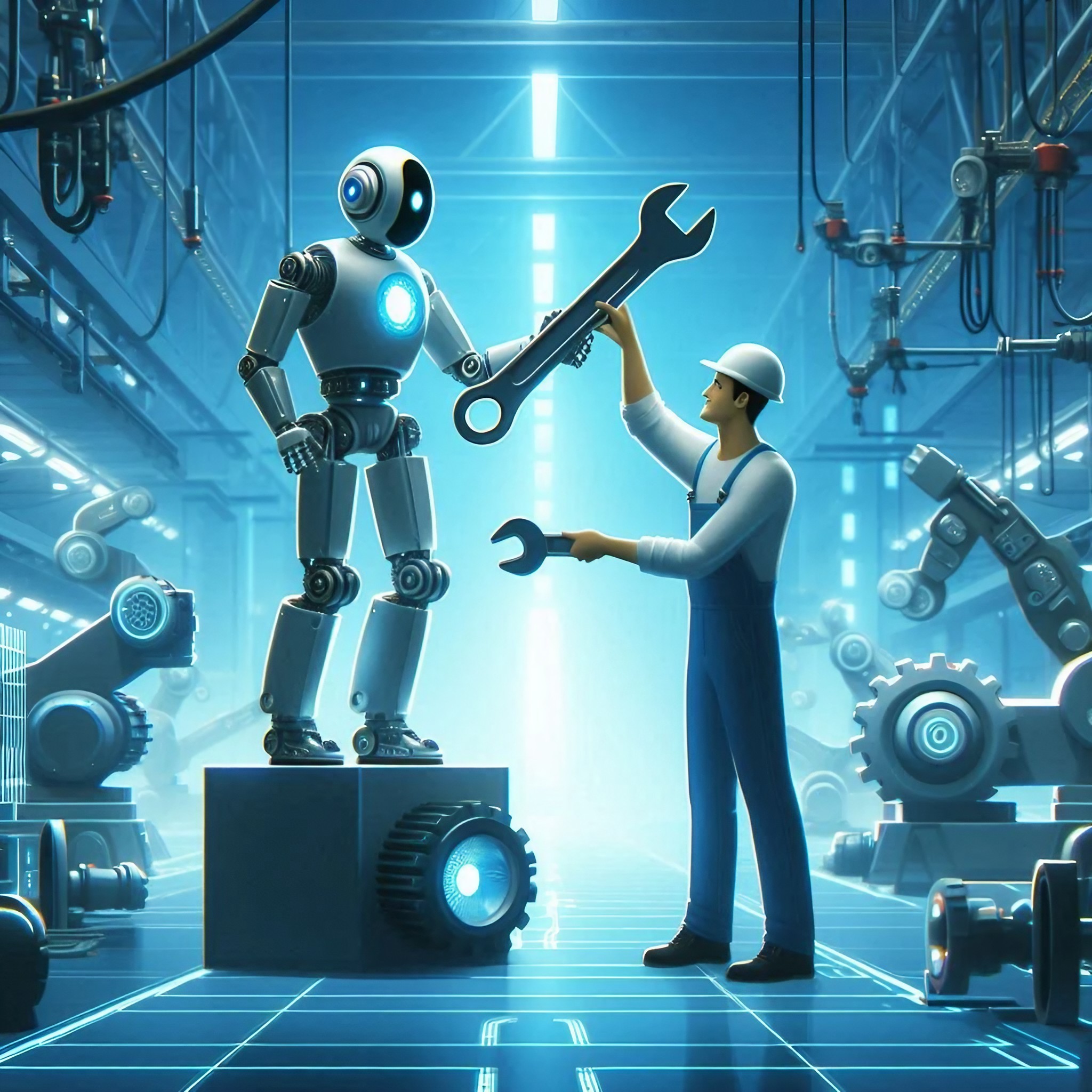How AI is reshaping work dynamics
Artificial intelligence developments are having a wide range of effects on workplaces. AI is changing the labor market in several ways, including the kinds of work individuals undertake and their surroundings’ safety.
As reported here, technology such as AI-powered machine vision can enhance workplace safety through early risk identification, such as unauthorized personnel access or improper equipment use. These technologies can also enhance task design, training, and hiring. However, their employment requires serious consideration of employee privacy and agency, particularly in remote work environments where home surveillance becomes an issue.
Companies must uphold transparency and precise guidelines on the gathering and use of data to strike a balance between improving safety and protecting individual rights. These technologies have the potential to produce a win-win environment with higher production and safety when used carefully.
The evolution of job roles
Historically, technology has transformed employment rather than eliminated it. Word processors, for example, transformed secretaries into personal assistants, and AI in radiology complements radiologists rather than replaces them. Complete automation is less likely to apply to jobs requiring specialized training, delicate judgment, or quick decision-making. But as AI becomes more sophisticated, some humans may end up as “meat puppets,” performing hard labor under the guidance of AI. This goes against the romantic notion that AI will free us up to engage in creative activity.
Due to Big Tech’s early embrace of AI, the sector has consolidated, and new business models have emerged as a result of its competitive advantage. AI is rapidly being used by humans as a conduit in a variety of industries. For example, call center personnel now follow scripts created by machines, and salesmen can get real-time advice from AI.
While emotionally and physically demanding jobs like nursing are thought to be irreplaceable in the healthcare industry, AI “copilots” could take on duties like documentation and diagnosis, freeing up human brain resources for non-essential tasks.
Cyborgs vs. centaurs
There are two different frameworks for human-AI collaboration described by the Cyborg and Centaur models, each with pros and cons of their own. According to the Cyborg model, AI becomes an extension of the person and is effortlessly incorporated into the human body or process, much like a cochlear implant or prosthetic limb. The line between a human and a machine is blurred by this deep integration, occasionally even questioning what it means to be human.
In contrast, the Centaur model prioritizes a cooperative alliance between humans and AI, frequently surpassing both AI and human competitors. By augmenting the machine’s capabilities with human insight, this model upholds the values of human intelligence and produces something greater than the sum of its parts. In this configuration, the AI concentrates on computing, data analysis, or regular activities while the human stays involved, making strategic judgments and offering emotional or creative input. In this case, both sides stay separate, and their cooperation is well-defined. Nevertheless, this dynamic has changed due to the quick development of chess AI, which has resulted in systems like AlphaZero. These days, AI is so good at chess that adding human strategy may negatively impact the AI’s performance.
The Centaur model encourages AI and people to work together in a collaborative partnership in the workplace, with each bringing unique capabilities to the table to accomplish shared goals. For example, in data analysis, AI could sift through massive databases to find patterns, while human analysts would use contextual knowledge to choose the best decision to make. Chatbots might handle simple customer support inquiries, leaving complicated, emotionally complex problems to be handled by human operators. These labor divisions maximize productivity while enhancing rather than displacing human talents. Accountability and ethical governance are further supported by keeping a distinct division between human and artificial intelligence responsibilities.
Worker-led codesign
A strategy known as “worker-led codesign” entails including workers in the creation and improvement of algorithmic systems intended for use in their workplace. By giving employees a voice in the adoption of new technologies, this participatory model guarantees that the systems are responsive to the demands and issues of the real world. Employees can cooperate with designers and engineers to outline desired features and talk about potential problems by organizing codesign sessions.
Workers can identify ethical or practical issues, contribute to the development of the algorithm’s rules or selection criteria, and share their knowledge of the specifics of their professions. This can lower the possibility of negative outcomes like unfair sanctions or overly intrusive monitoring by improving the system’s fairness, transparency, and alignment with the needs of the workforce.
Potential and limitations
Artificial Intelligence has the potential to significantly improve executive tasks by quickly assessing large amounts of complex data about competitor behavior, market trends, and staff management. For example, an AI adviser may provide a CEO with brief, data-driven advice on collaborations and acquisitions. But as of right now, AI cannot take on the role of human traits that are necessary for leadership, like reliability and inspiration.
Furthermore, there may be social repercussions from the growing use of AI in management. As the conventional definition of “management” changes, the automation-related loss of middle management positions may cause identity crises.
AI can revolutionize the management consulting industry by offering data-driven, strategic recommendations. This may even give difficult choices, like downsizing, an air of supposed impartiality. However, the use of AI in such crucial positions requires close supervision in order to verify their recommendations and reduce related dangers. Finding the appropriate balance is essential; over-reliance on AI runs the danger of ethical and PR problems, while inadequate use could result in the loss of significant benefits.
While the collaboration between AI and human workers can, in some areas, prevent technology from dominating workplaces and allow for optimal utilization of both human and computational capabilities, it does not resolve the most significant labor-related issues. The workforce is still likely to decrease dramatically, necessitating pertinent solutions rather than blaming workers for insufficient specialization. What’s needed is a societal revolution where work is no longer the primary source of livelihood.
Moreover, although maintaining separate roles for AI and humans might be beneficial, including for ethical reasons, there’s still a risk that AI will be perceived as more reliable and objective than humans. This perception could soon become an excuse for reducing responsibility for difficult decisions. We already see this with automated systems on some platforms that ban users, sometimes for unacceptable reasons, without the possibility of appeal. This is particularly problematic when users rely on these platforms as their primary source of income.
Such examples demonstrate the potentially undemocratic use of AI for decisions that can radically impact people’s lives. As we move forward, we must critically examine how AI is implemented in decision-making processes, especially those affecting employment and livelihoods. We need to establish robust oversight mechanisms, ensure transparency in AI decision-making, and maintain human accountability.
Furthermore, as we navigate this AI-driven transformation, we must reimagine our social structures. This could involve exploring concepts like universal basic income, redefining productivity, or developing new economic models that don’t rely so heavily on traditional employment. The goal should be to harness the benefits of AI while ensuring that technological progress serves humanity as a whole, rather than exacerbating existing inequalities.
In conclusion, while AI offers immense potential to enhance our work and lives, its integration into the workplace and broader society must be approached with caution, foresight, and a commitment to ethical, equitable outcomes. The challenge ahead is not just technological, but profoundly social and political, requiring us to rethink our fundamental assumptions about work, value, and human flourishing in the age of AI.


